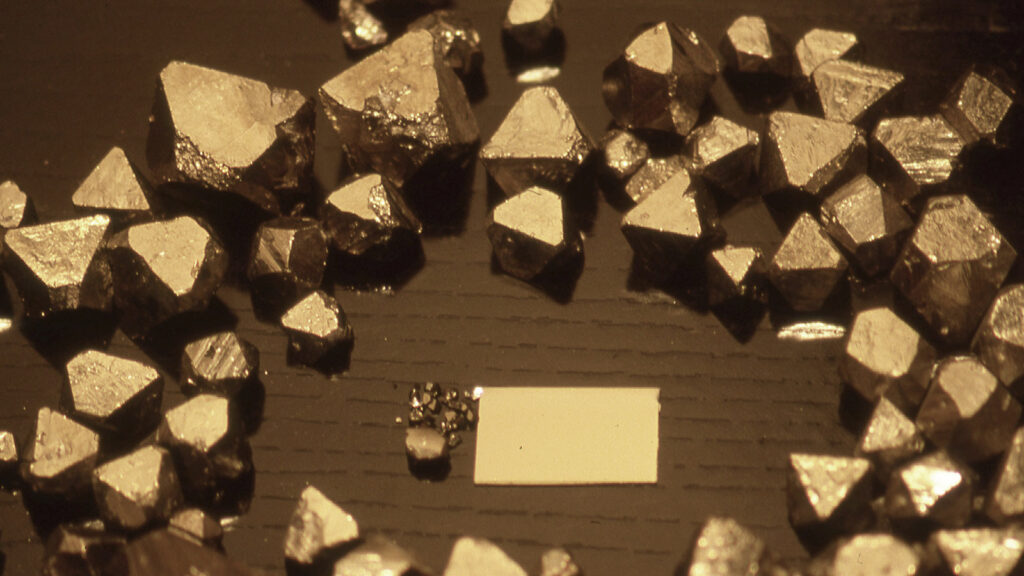Pyrite, the iron sulphide, is a fascinating potential material for solar energy production. It also serves as an energy source for bacteria. Life is said to have developed on it near volcanic vents in the sea.
Silicon is the most developed material for solar energy generation, but not the cheapest imaginable. Future photovoltaic applications will require much stronger light-absorbing materials that are also more environmentally friendly.
I have focused on semiconducting compounds in which light does not break significant chemical bonds. Examples are molybdenum sulphide MoS2, tungsten sulphide WS2 and iron sulphide FeS2 (e.g. Refs. 23, 26, 55, 63, 80, 337).
The proposed materials have achieved high quantum yields, but they would need to be further developed for higher energy yields in technical cells.


 Deutsch
Deutsch Italiano
Italiano